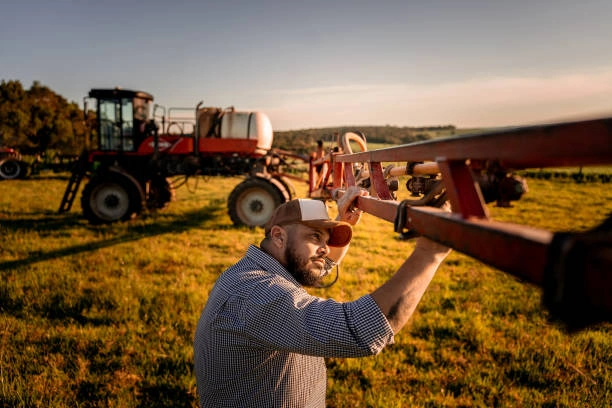According to a Reuters report, in early February 2025, China escalated trade tensions by imposing new tariffs on U.S. imports, including a 10% levy on agricultural machinery. This move is part of China’s response to recent U.S. tariffs and has significant implications for American farmers.
Understanding the Tariff Increase
China’s decision to increase tariffs on U.S. farm equipment, such as tractors, plows, and harvesters, directly affects the cost of these essential tools for farmers. The 10% tariff means that farmers will pay more for machinery imported from the U.S., potentially leading to higher operational expenses.
Impact on Farmers
- Increased Equipment Costs: Farmers who rely on U.S. machinery may face higher prices, straining their budgets and potentially delaying necessary equipment upgrades or replacements.
- Supply Chain Disruptions: The tariff could disrupt the supply chain for farm equipment, leading to shortages or delays in receiving essential machinery parts and services.
- Competitive Challenges: Higher equipment costs may make it more difficult for farmers to compete with international producers who are not subject to similar tariffs.
- Potential for Retaliatory Measures: This tariff increase could prompt further retaliatory actions from the U.S., potentially affecting other agricultural exports and creating a cycle of escalating trade tensions.
Broader Economic Implications
The tariff increase is part of a larger trade dispute between the U.S. and China, which has already impacted various sectors, including agriculture. Previous retaliatory tariffs have led to reduced exports of U.S. agricultural products to China, affecting farmers’ income and market access.
Conclusion
The recent increase in tariffs on U.S. farm machinery by China presents significant challenges for American farmers. It is crucial for farmers to stay informed about these developments and consider strategies to mitigate the impact, such as exploring alternative equipment sources, engaging in policy advocacy, and diversifying markets to reduce reliance on affected exports.

